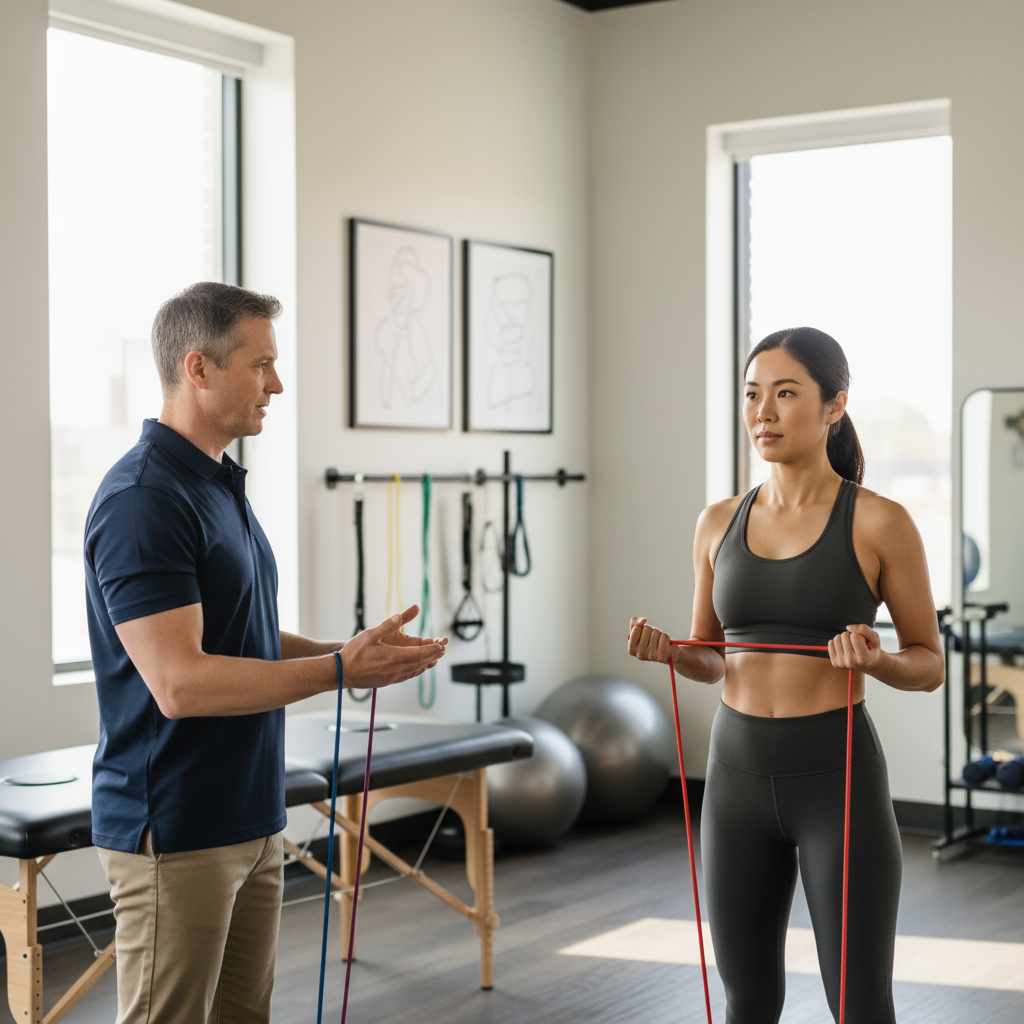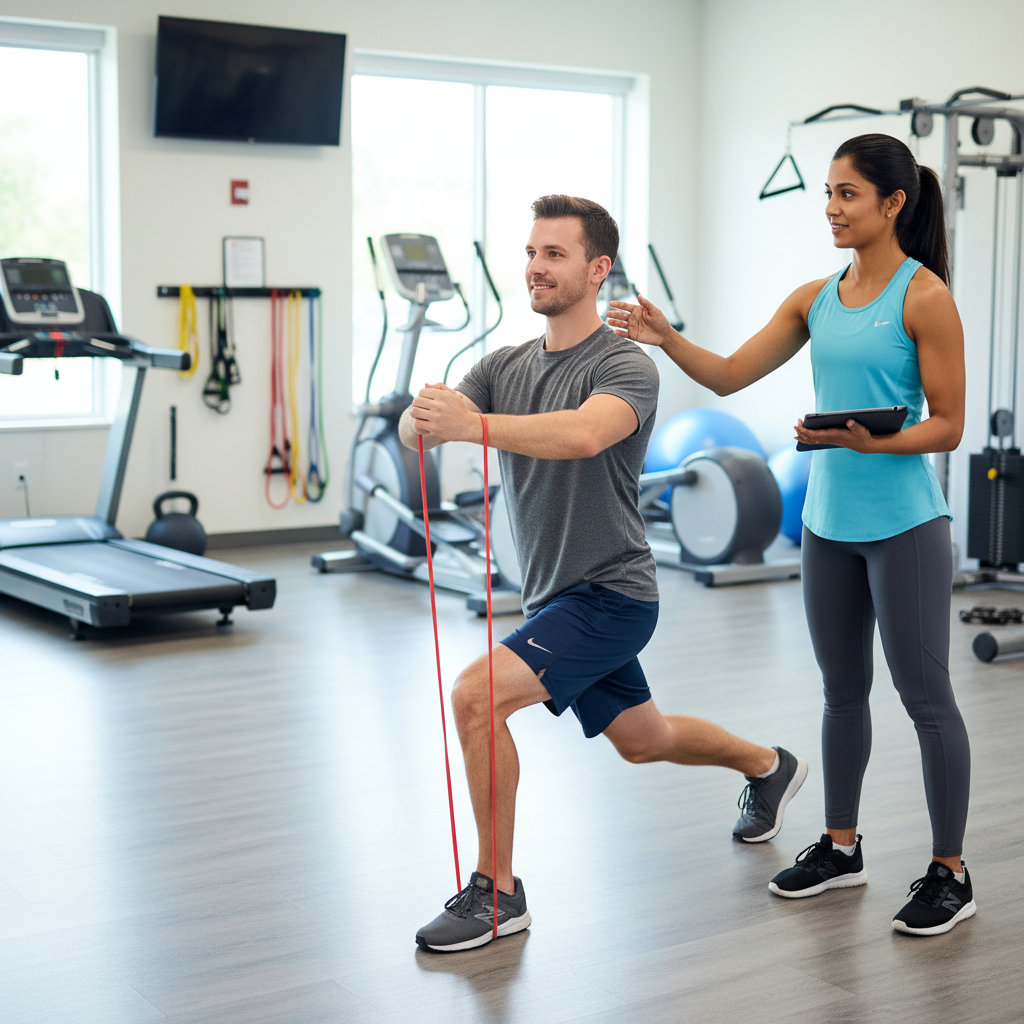Introduction
In the realm of physical fitness and rehabilitation, corrective exercises stand out as a crucial component for enhancing mobility, reducing pain, and preventing injuries. Though not a novel concept, their importance is increasingly recognized by practitioners and enthusiasts alike. This blog delves into the foundational ideas behind corrective exercises, exploring their roles and benefits for overall health improvement.
Understanding Corrective Exercises
To effectively employ corrective exercises, it’s essential to understand what they entail. These exercises are designed to _address muscle imbalances_ and _enhance functional movement patterns_. They focus on restoring proper alignment and improving overall kinetic chain efficiency.
Key Benefits
Corrective exercises offer numerous benefits, providing a pathway to enhanced physical performance and well-being. Here’s why they matter:
- Improved Posture: By targeting specific areas of weakness, these exercises can help correct body alignment.
- Injury Prevention: Strengthening and stretching critical muscles reduces the risk of injuries during physical activities.
- Enhanced Movement Efficiency: When the body moves correctly, it conserves energy and minimizes wear and tear.
- Reduced Pain: Addressing chronic imbalances often leads to pain relief, especially in areas like the lower back and knees.
Implementing Corrective Exercises
When integrating corrective exercises into your routine, it is essential to work with a competent fitness professional. Their expertise ensures the chosen exercises align with individual goals and needs. Here are some key exercises often recommended:
- Planks: Effective for core stabilization and posture improvement.
- Glute Bridges: Strengthens the hip region, aiding in back support.
- Foam Rolling: Aids muscle recovery by releasing tension and boosting flexibility.
Regular assessment and adjustments to the exercise regimen ensure continued progress and avoid plateaus. Monitoring your body’s feedback plays a significant part in preventing potential setbacks.
Conclusion
Corrective exercises form a vital part of a balanced fitness strategy. By weaving these exercises into regular workout routines, individuals can enjoy a notable improvement in their quality of life. Embracing these practices leads to better posture, fewer injuries, and a robust, pain-free movement experience. Ultimately, investing time in these exercises is an investment in lifelong health and function.

